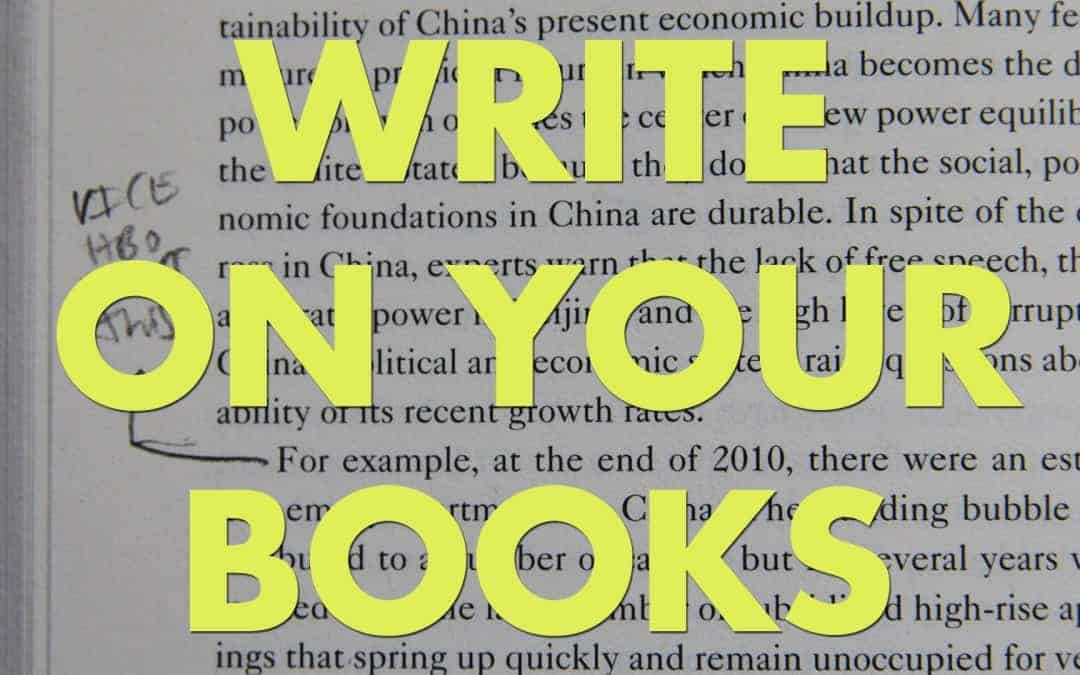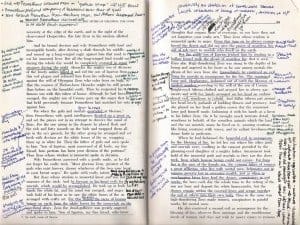Before you quickly scan this article, beware. There’s more to reading than moving your eyes left and right!
If you want to not only comprehend what you read, but also develop your powers of critical analysis by engaging with your reading, this is the blog post for you. Here, I’ll discuss what’s called “close reading,” an apt name for a game-changing reading practice that can make us better readers, writers, and thinkers.
First, a brief analogy. When you want to learn what makes a watch tick, you’ve got to take it apart and examine the pieces. Each piece has been deliberately chosen for its individual properties as well as for the way in which it interacts with other pieces, all in the service of producing an effect, i.e. ticking. We read the signs, interpret them, and then we know what time it is.
The same is true for a text. It’s an object composed of smaller objects, each chosen for a specific reason, each working individually and all working together to produce a series of effects. These effects are what we mean by meaning, which the reader constructs. Texts don’t just inform; they also evoke.
Close reading operates on three levels. Spend time with a text (remember: slow down) and consider these levels as you take notes.
* * *
1) The Literal Level: WHAT happens
This is a rundown of what’s going on in the text. Summarize it. Paraphrase it.
E.g.: “A dog jumps over a fence and escapes. The dog’s owner cries.”
2) The Level of Craft and Technique: HOW it’s achieved
This is how the text is made. How is it structured? What is its form? How does its form relate to its content? Are there any patterns? Contradictions? Similarities? Does the author employ any literary devices?
Perhaps the story of the dog jumping over the fence is told as a flashback. Perhaps it’s a series of quotations from the owner. Perhaps the owner couldn’t have children of her own and treated her dog like a child. Perhaps the dog is the narrator. Maybe the sentences are short and journalistic. Maybe they’re long and flowery. Maybe there’s a ton of alliteration. Maybe it’s an extended analogy. Maybe it’s a dream sequence.
Look at how it’s put together. What does that tell you?
3) The Thematic/Conceptual Level (the Level of the Idea): WHY it matters
Finally, we have the why. We know what happens in the text, we’ve examined how it’s put together, and now we can consider why it exists in the first place. What does it mean? What’s at stake? Why should we care? Here’s where we consider the ideas in the text, as well as our ideas about the text. What questions does it raise?
Maybe the dog running away is a metaphor for the ephemeral nature of friendship. Maybe it’s bittersweet reminder that every creature desires freedom, even when freedom is difficult. Maybe it’s about the self-sacrifice (or selfishness) of treating your pets like children. Only you can decide.
The act of interpretation is the responsibility of the reader. If a text is well-written, however, it can lead a reader where it likes. Close reading allows us to draw intelligent conclusions about the texts we analyze.
* * *
Hopefully this makes sense. The takeaway is this:
When reading, you should be able to understand not only what happens, but also how the text is constructed, and why it matters.
As you practice, you’ll get better and better at understanding how a word functions in a sentence, how a sentence functions in a paragraph, how a paragraph functions in a text, how that text functions in the world, and so on! Think of those Russian matryoshka dolls…
By practicing close reading on the literal, technical, and thematic levels, you’ll become a better reader, writer, and thinker. I guarantee it!

